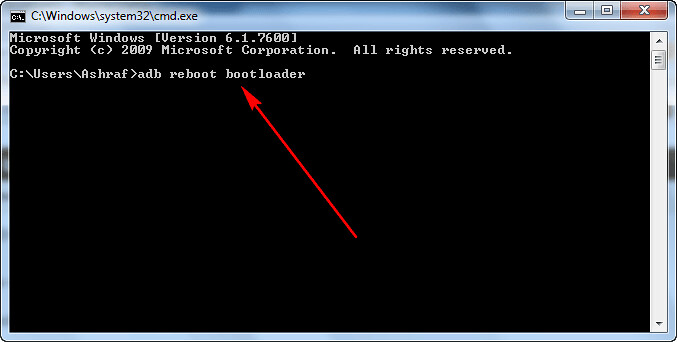From the outside, the Weighless program probably looks like a weight loss program.
But it is so much more.
Every day we hear from our members that the skills and tools that they are learning aren’t just changing the number on the scale:
This work is changing the way they live and think, how they communicate with others, how they show up at work and with their families, how they understand their own motivations and behavior, even their goals for the future!
Here are a few of the ways that the Weighless program can change your life and not just the number on the scale.
#1. You will finally have your own back.
So often, when we struggle with our weight, it feels like we are literally at war with ourselves. We sabotage our progress. We make choices that know are moving us away from our goals. We are our own worst enemy. The worse we feel, the worse we treat ourselves.
But it doesn’t have to be this way. Here are a just few of the notes of that we’ve gotten from our members:
“I have never felt so confident in my ability to take care of my own self and my own needs. It’s actually impacting several areas of my life and I am so so grateful. I have lost weight, but more important is the perspective, skills and confidence I have gained. For the first time in my whole life I don’t feel like I’m my own worst enemy. I’m proud of myself” Zahra H.
“When I started the program, I was praying that I could get control over my food thoughts and choices. I was always thinking about what I was going to eat next. I was afraid to go to the grocery store because I felt like I had no control. Fast forward to today where the grocery store holds no fear for me thanks to this program. It has totally changed the way I think (or don’t think) about food. I routinely walk past food that once had so much power over me. Today I had a realization about how far I have come. I feel normal and not alone and for this I am truly grateful.” Terri J.
“Instead of making food choices in order to lose weight, I’m now making decisions that improve my health So my resulting weight loss feels like a welcome side effect to my food choices. It’s a pro-health and pro-me approach to food and life. This non-diet, this Weighless approach, has been free from the backlash, setbacks, binge eating and guilt that has plagued me with diets.” Gila G.
“I have benefited enormously from your program and especially the discussions, support system, encouragements and ideas from the group. I have lost almost 10% fairly easily and have become a much more mindful and self aware non dieter. I have found strengths I did not know I had. I never could have gotten here on my own and I am very grateful for your program.” Fran W.
#2. Holidays and vacations will no longer be a source of dread and anxiety.
“Can I lose enough weight before we leave?”
“How much weight will I gain before its over?”
“How can I stick to my diet with all this temptation?”
“How can I enjoy myself if I’m trying to stick to my diet?”
“This will probably erase all the progress I’ve made and put me back at square one”
These are the kinds of thoughts that vacations and holidays often dredge up. To the point where you don’t even look forward to them anymore. Again, from our members:
“Yesterday when I got home from being gone for the holidays, I stepped on the scale. I’m the same as when I left 2 weeks ago! A surprise, considering the haphazard schedule and occasional treats. Then it hit me. I’ve shed the yo-yo dieter skin. Last year and every previous year since God created the earth I’ve started some crazy new diet come the New Year. Not this year. I’m happy. I’m not where I want to be yet, but I’m on the path that will take me there. Thanks, everyone! Happy New Year!” Beth G.
“I made a goal that I would not gain weight in December. I just got off of scale and am down 2.4 pounds! I ate cookies, participated in family events and a holiday party at work, and bypassed countless doughnuts at work, ‘weighing less’ on the last day of the month. Yay me and this wonderful program!” Louanne S.
“One of my favorite things about this program is that I do not dread special events. I’m not waiting to start a diet until all the planets align and there are no special events on the horizon. I have navigated weddings, vacations and holidays without obsessing over food choices.” Ellen L.
“I leave to visit my family in Ireland tomorrow. In the past, I would set myself up to fail by resolving to lose 10 or 15 lbs – usually in the 8 weeks prior to a trip like this. The weight loss never happens but the stress and anxiety and feeling of failure leads to the “what the hell” and then you gain a few more pounds!! I am glad to say that thanks to the changes I’ve made in this program, I have not been stressed and I feel confident that I can enjoy my holiday without feeling deprived.” Jackie L.
#3. You’ll have more energy to deal with the rest of your life (not less)
When we’re not happy with our weight, it’s tempting to put other goals on hold until we solve that problem. Which never gets solved. And so, life stays on hold. In the Weighless program, it’s exactly the opposite. Instead of everything staying stuck, everything starts to move in the right direction.
“The thing that amazes me most is how enjoyable this new lifestyle is. I don’t feel deprived, or like I’m having less fun (which is what I expected). If anything I feel more energetic and joyful. I would never have believed it 6 months ago.” Kate T.
“Life has been been chaotic the last few months, but I discovered the Weighless principles work no matter what is happening, especially as they become a way of life. I’ve learned so much from Monica, Brock and all of the wonderful members of this group!” Kathy M.
“Over the last two years, I have gone through some crazy health and family issues, I’ve gone through the mid-fifties dramatic hormonal changes, I’ve traveled a great deal, I’ve been through physical injuries that have limited activity. In the past, I would have easily added 20-30 lbs. Not any more! I have discovered life in a whole new way. I am eternally grateful to Monica, Brock and our wonderful community for this journey of discovery.” Manju S.
“The me that is emerging is calmer and more confident. I feel peaceful and easy about my Weighless future. Nothing needs to be a big deal anymore. It’s very freeing! I think the best part is that a lot of these little philosophies are creeping into other areas of my life as well.” Lisa C.
Gosh, I didn’t mean for this post to go on for so long! There are so many other things we could tell you about what it’s like to weigh less. But hopefully, we’ve at least managed to convey that the Weighless program is more than a weight loss program.
If you’re looking for a permanent and proven solution, a chance to put dieting behind you forever, and to experience a completely new relationship with yourself, we would love to work with you.
Related:
8 ways to know if Weighless is right for you
Our curriculum


 In an episode of the
In an episode of the 
 Time is tight during the holidays, and that may mean that you really do not have time to do your regular exercise minute routine.
Time is tight during the holidays, and that may mean that you really do not have time to do your regular exercise minute routine.